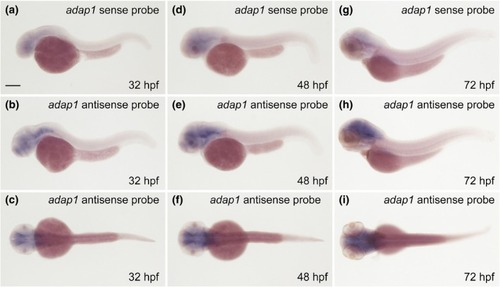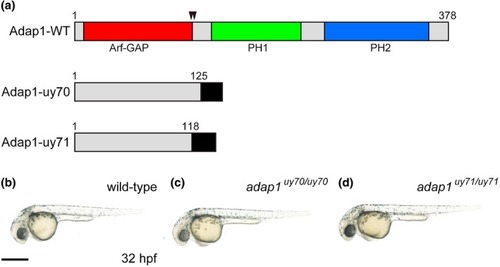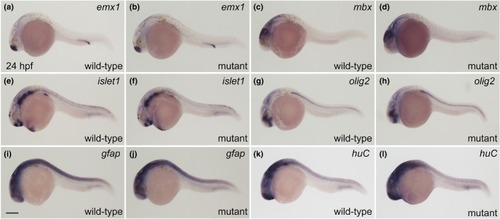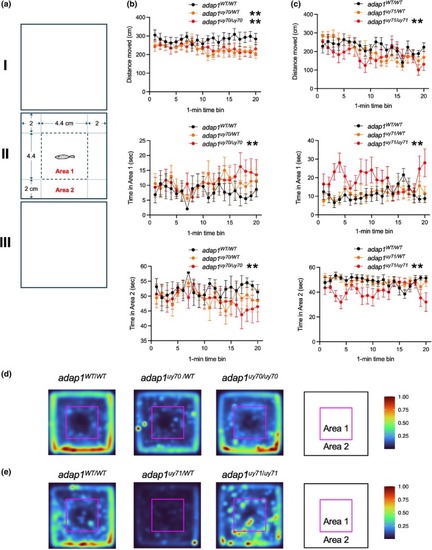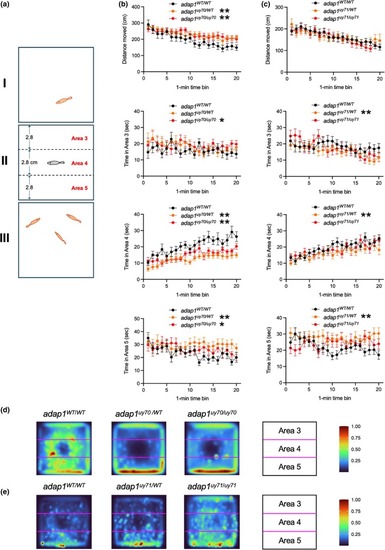- Title
-
Establishment and characterization of adap1-deficient zebrafish
- Authors
- Kawahara, A., Yasojima, S., Koiwa, J., Fujimaki, S., Ito, H., Yamada, M., Kosaki, K., Nishimura, Y.
- Source
- Full text @ Dev. Growth Diff.
|
Expression of EXPRESSION / LABELING:
|
|
Establishment of PHENOTYPE:
|
|
Neural gene expression in wild‐type and EXPRESSION / LABELING:
|
|
Open field test of wild‐type and PHENOTYPE:
|
|
Social behavior analysis of wild‐type and PHENOTYPE:
|

